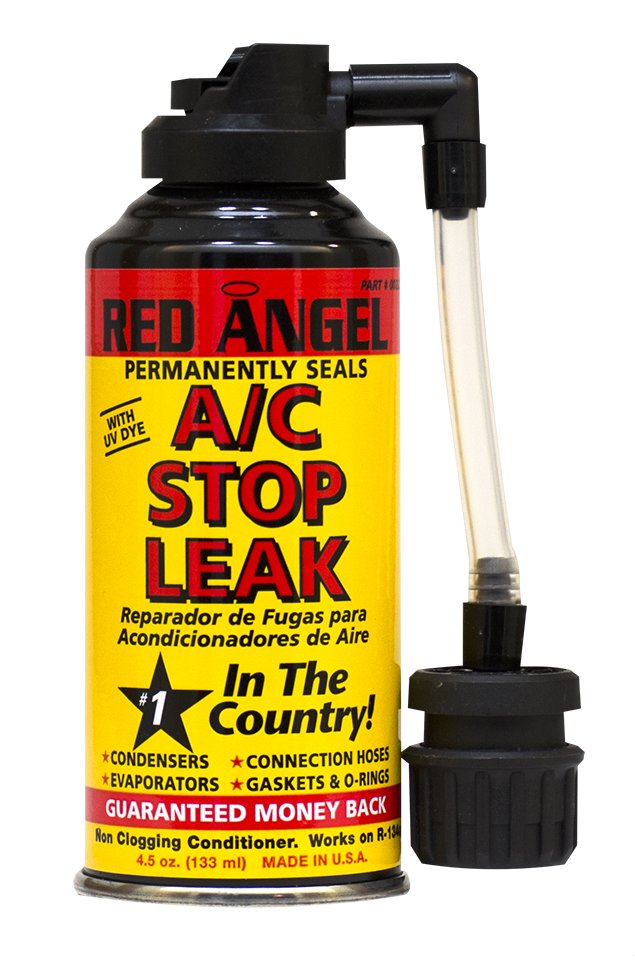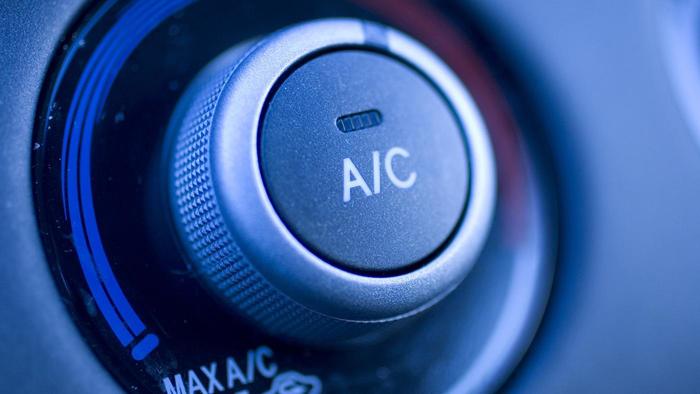
Does my car use refrigerant?
The answer to this question might be trickier than you think. Refrigerant is a registered trade name of the DuPont Company, which covers a wide variety of refrigerants and aerosols that they have been developing since the early 1900s. Your car does use a refrigerant in the air conditioning system, but calling your refrigerant “refrigerant” is like calling all facial tissues “Kleenex.” Refrigerant is simply the longest running or most commonly used brand name for air conditioning refrigerant.
Like any good brand name product, you can purchase similar products from a variety of manufacturers that perform similarly. The real question you should be asking is: “Is it normal for me to have to add more refrigerant to my air conditioning system?” Perhaps your air conditioning in your car worked great at the beginning of summer, but now that we’ve made it through some of the warmer months, you are beginning to notice your AC not cooling quite as quickly, or you have the fan blowing harder to keep your car comfortable.
Under normal operation, your vehicle’s air conditioning system should be a closed system meaning that the refrigerant liquid in the system should remain in the system causing it to operate consistently without maintenance. If your AC is not cooling as it should, that is an indication that there is not the proper amount of refrigerant in the system.
The refrigeration cycle works in 4 steps:
1) The refrigerant is compressed which causes the refrigerant to heat up
2) The refrigerant is cooled back to outdoor air temperature in the condenser at the front of your vehicle
3) The refrigerant expands in the expansion valve where it cools down below outdoor air temperature
4) Cabin air is passed through the evaporator where the cold refrigerant is, cooling the cabin air.
Without the proper amount of refrigerant in the system, the refrigerant doesn’t expand enough through the expansion valve to cause the proper amount of cooling, leaving you hot and uncomfortable.
Where did my car’s refrigerant go?
Most likely its leaking out in one of the connections in your system due to a bad O-ring, or the failure of a joint where a soft hose connects to a hard line. Also, the condenser and evaporator are relatively fragile pieces of equipment and due to shock or vibration can develop small leaks as well. Unfortunately because of the temperatures and pressures at which the refrigerant in your car needs to work, it is a gas at room temperature and is colorless and odorless. This makes it extremely difficult to find a leak without special leak detection dyes and equipment.
Before you break out the UV dye and black lights, a better solution is to seal the leak from the inside out.
 Adding BlueDevil’s Red Angel One Shot is an all-in-one easy to install air conditioner leak repair agent. Red Angel One Shot contains 2.5 ounces of refrigerant and 2 ounces of stop leak agent all in one can with a complete delivery system. The stop leak agent enters your AC system and is activated at the sight of your leak due to the air flow and differential in pressure and temperature there. This difference of temperature and pressure causes the leak stop agent to form a chemical weld at the leak sight and easily sealing your leak from the inside of your air conditioning system. BlueDevil guarantees Red Angel One Shot will seal your air conditioner leak without harming the rest of the system!
Adding BlueDevil’s Red Angel One Shot is an all-in-one easy to install air conditioner leak repair agent. Red Angel One Shot contains 2.5 ounces of refrigerant and 2 ounces of stop leak agent all in one can with a complete delivery system. The stop leak agent enters your AC system and is activated at the sight of your leak due to the air flow and differential in pressure and temperature there. This difference of temperature and pressure causes the leak stop agent to form a chemical weld at the leak sight and easily sealing your leak from the inside of your air conditioning system. BlueDevil guarantees Red Angel One Shot will seal your air conditioner leak without harming the rest of the system!
Note: BlueDevil Red Angel One Shot is only compatible with air condition systems using R-134a refrigerant. Check your owners manual before use.
Enjoy the rest of your summer in comfort!
BlueDevil Products can be found on Amazon.com or at AutoZone, Advance Auto Parts, O’Reilly Auto Parts, NAPA, and other major auto parts retailers.
Related Articles



